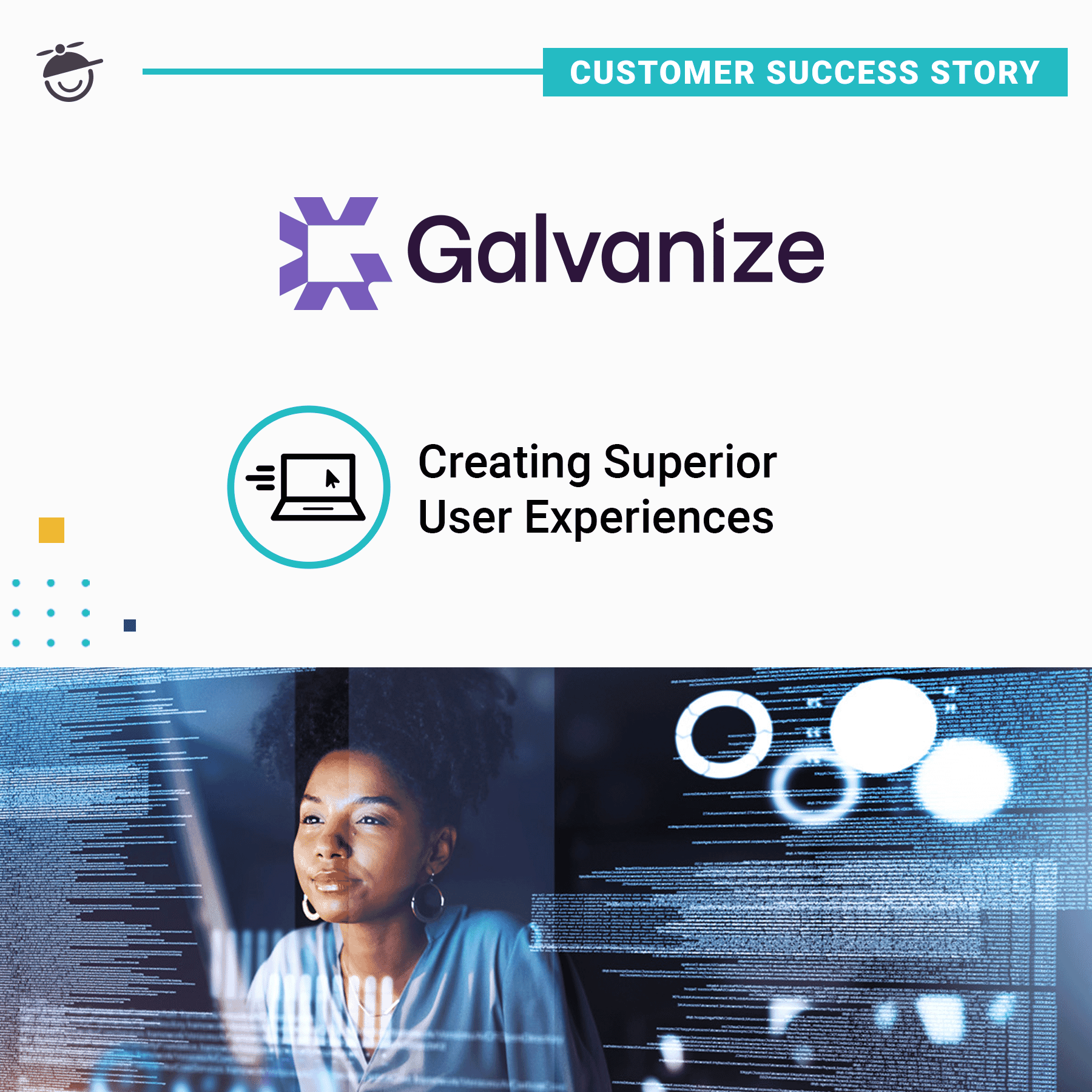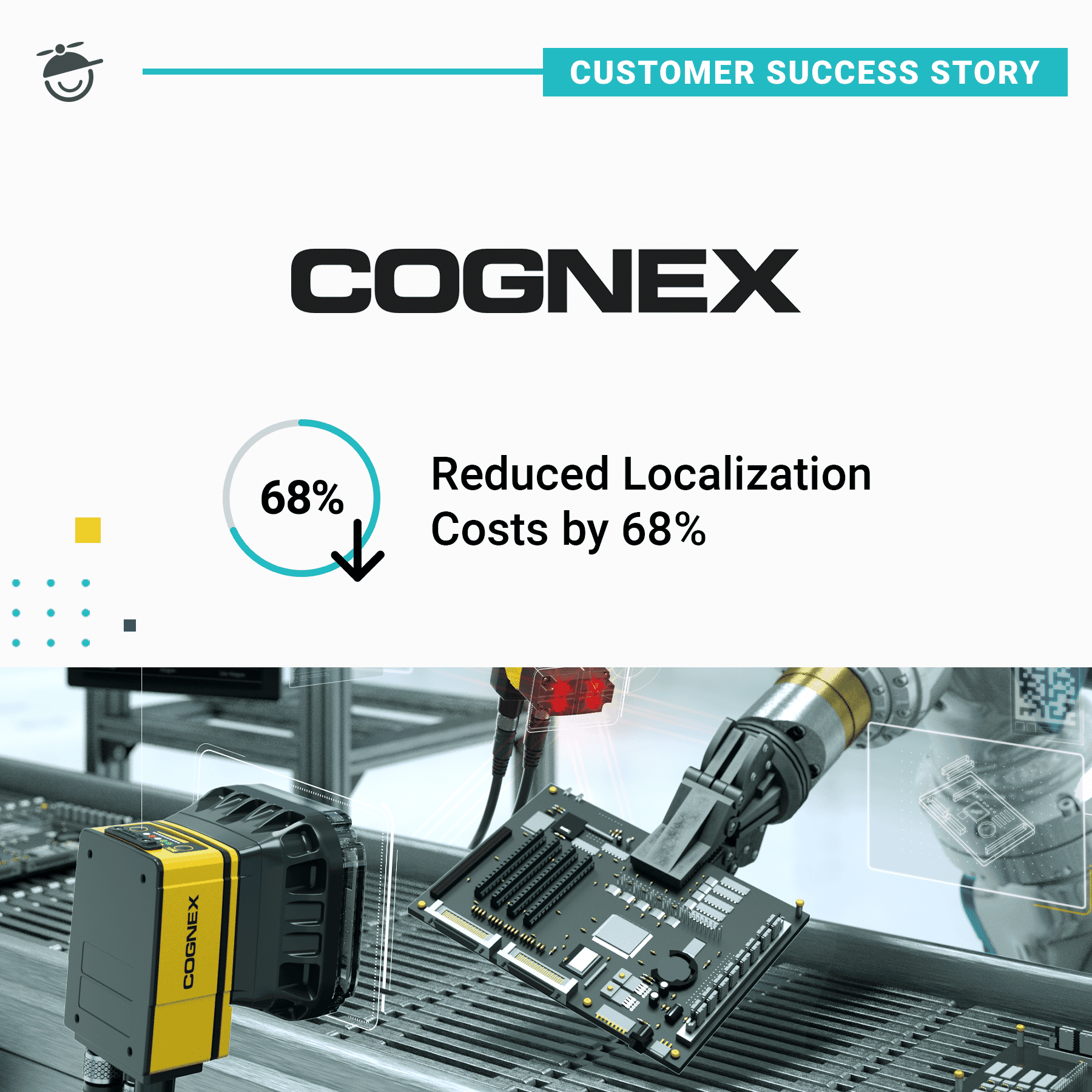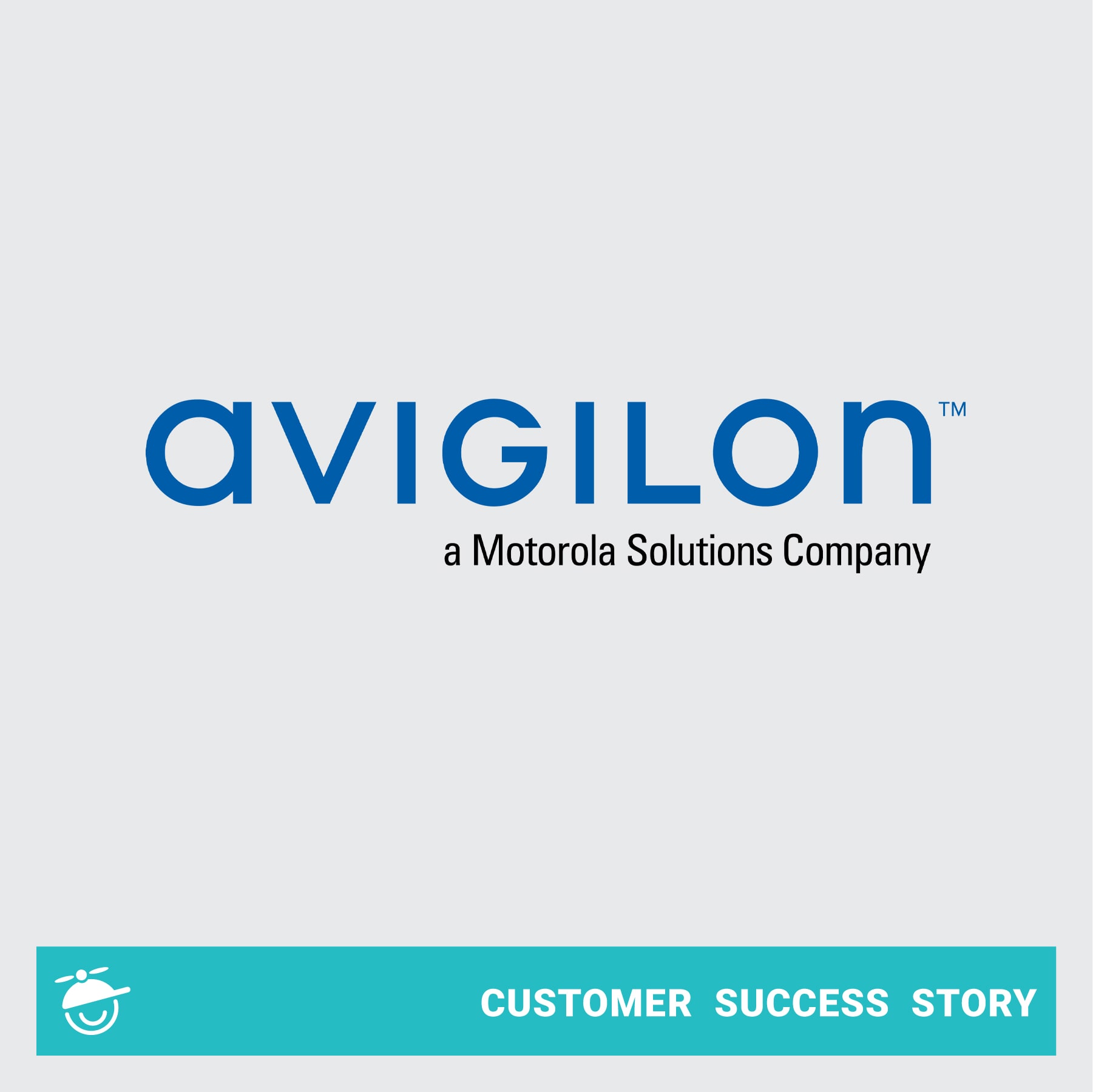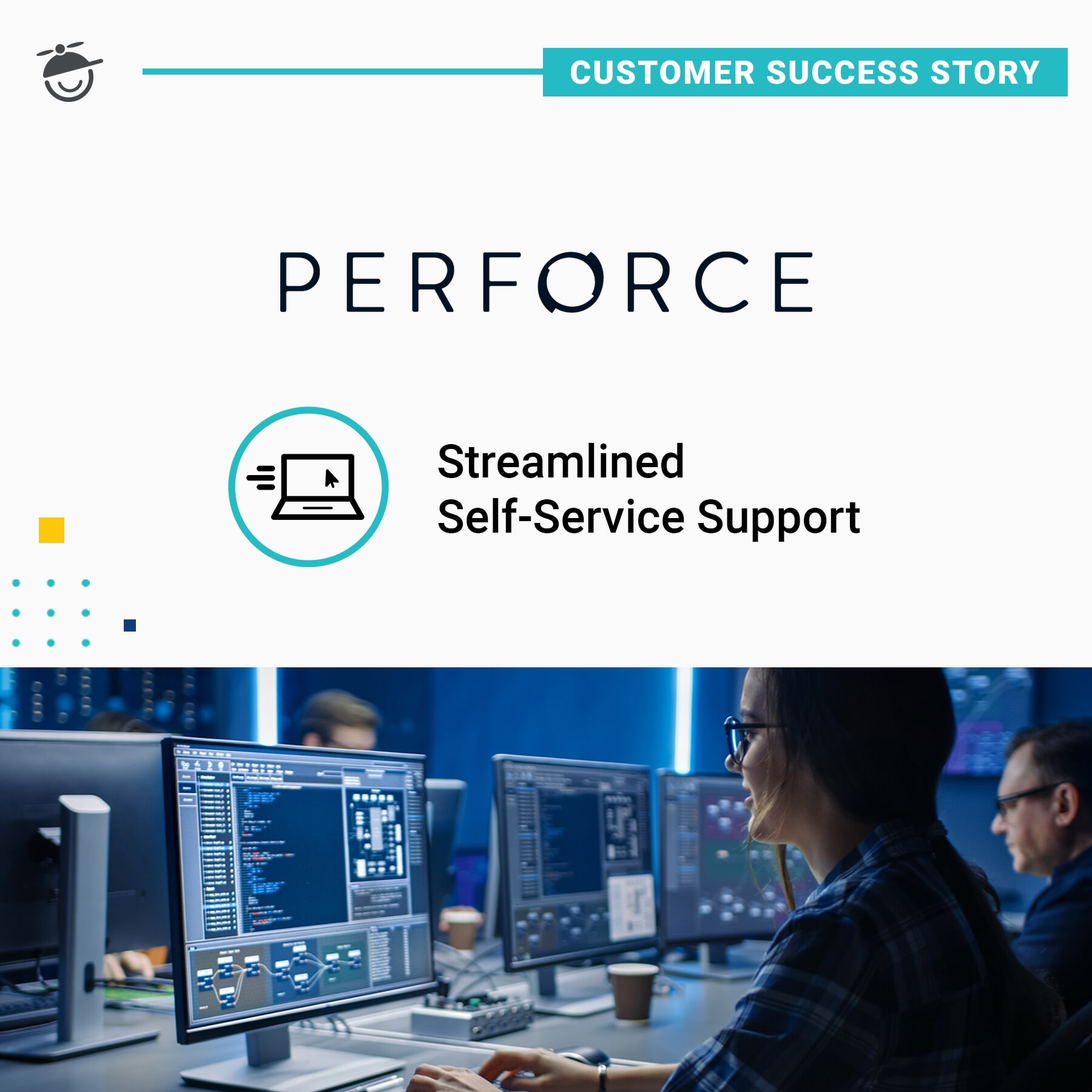When it comes to managing governance, risk and compliance (GRC), more than 6,300 organizations rely on Galvanize to gain visibility into their risk; demonstrate compliance; and grow their audit, risk, and compliance programs without incurring extra costs. Today, and with the help of MadCap Flare and MadCap Lingo, users can take full advantage of the Galvanize HighBond SaaS platform in their languages of choice thanks to their modern documentation website that presents information in seven languages.
When initially building the HighBond platform, Galvanize had four main goals in mind:
- Align documentation with the role-based approach of Galvanize’s HighBond GRC SaaS platform.
- Keep pace with weekly releases of the HighBond GRC SaaS platform.
- Deliver high-quality localized content in six languages to support Galvanize’s worldwide customers.
- Facilitate customer self-support through intuitive web documentation and online help.
Delivering Documentation for an Integrated GRC Platform
In the past, Galvanize produced documentation for each module that it offered, which reflected the software architecture but not the day-to-day needs of users. However, the company decided to rethink its approach in 2019 when the company rearchitected its cloud offering into HighBond. A single, comprehensive GRC platform that would give users access to the features they needed and terminology they expected, based on their roles.
Previously, the content was structured as a parent Flare project with two child projects. But, with the rollout of the HighBond platform, the team decided it logically made sense to consolidate the two child projects into a single MadCap Flare project that contained their content in one location. The result is a single MadCap Flare-based project for six HighBond platform documentation sites, AuditBond Help, ControlsBond Help, RiskBond Help, FraudBond Help, ComplianceBond Help, and a more generic HighBond Help. Much like the products that comprise the HighBond platform, each site runs on the same basic framework but is tailored for the kinds of activities and terminology that each audience expected to see.
Keeping Pace with Agile Development
The HTML5-based English-language documentation sites powered by MadCap Flare include nine sites to support traditional desktop applications in addition to the six documentation sites for the HighBond platform. Because Galvanize offers cloud-based solutions, the company primarily focuses on delivering information via the web as well. However, the company also maintains four series of limited-run PDFs that target situations where someone’s Internet access may be limited. To ensure that content keeps pace with updates to Galvanize’s SaaS offerings, the technical writing team relies extensively on the many content reuse capabilities of MadCap Flare.
Because Flare has a robust system of conditions, variables, snippets, and tables of contents, we can essentially write content once, and then make it substantively different when used in different contexts and by different audiences.
IAN ALTON | Manager, Technical Writing, Galvanize
“At the same time, we try to match the release of documentation with the release of product features. Flare has made the content easy to update even when working on an agile SaaS schedule, and generally we’re zero sprints behind our developers,” Ian notes.
Our Help sites encompass hundreds of topics and, in the PDF versions, thousands of pages. I can’t imagine trying to manually manage the giant network of cross-references and links. Flare’s automated tracking and updating of all those associations is critical to keeping our network of links healthy, and to giving us more time for creating user value with content.
Localizing Content in Six Languages
For Galvanize, creating a superior customer experience also means providing information in customers’ language of choice. Currently, this means translating the company English-language content into Spanish, French, German, Portuguese, Chinese and Japanese. Galvanize relies on a global network of external translation professionals, who are managed by the company’s localization team. To facilitate these translations, the company relies on MadCap Lingo, which is tightly integrated with MadCap Flare.
When the technical writing team produces new content in MadCap Flare, the localization group uses MadCap Lingo to identify and package the content that has changed and send it to the translators. Not only is this significantly easier than trying to track changes in a Microsoft Excel spreadsheet as the technical writing team had in the past; it also serves to eliminate redundancies in the translation effort.
One of the benefits of MadCap Lingo is that even as their documentation has grown more complex with the introduction of their HighBond platform, Galvanize says they are still completing localizations just as quickly with MadCap Lingo and Flare.
Empowering Self-Support
Since rolling out the new documentation sites for the HighBond platform, Galvanize has seen measurable gains in customers’ ability to get answers to their questions.
Overall, sessions with the Help websites were up 43%, and the average time users spent on a page was up 13.8%. At the same time, page views per session were down 25%. Taken together, the stats indicate that customers are getting the specific pages they need faster and getting the level of detail they need once they get there.
Similarly, searches per session were down 21% while the search result clickthrough rate was up 23%, suggesting more accurate search results that are quickly getting customers to the information they need.
“We recently added a feedback form to our Help sites, and to date, 63% are responding ‘Yes’ when asked, ‘Was this helpful?’, Ian Alton observes. “It’s part of a general trend we're seeing that people are finding answers more quickly, and they are engaging with the content more than they ever had before.”
Even when customers can’t troubleshoot on their own using the documentation, it provides a valuable frame of reference when talking with a Galvanize service representative. To read the full success story, visit our website here.








